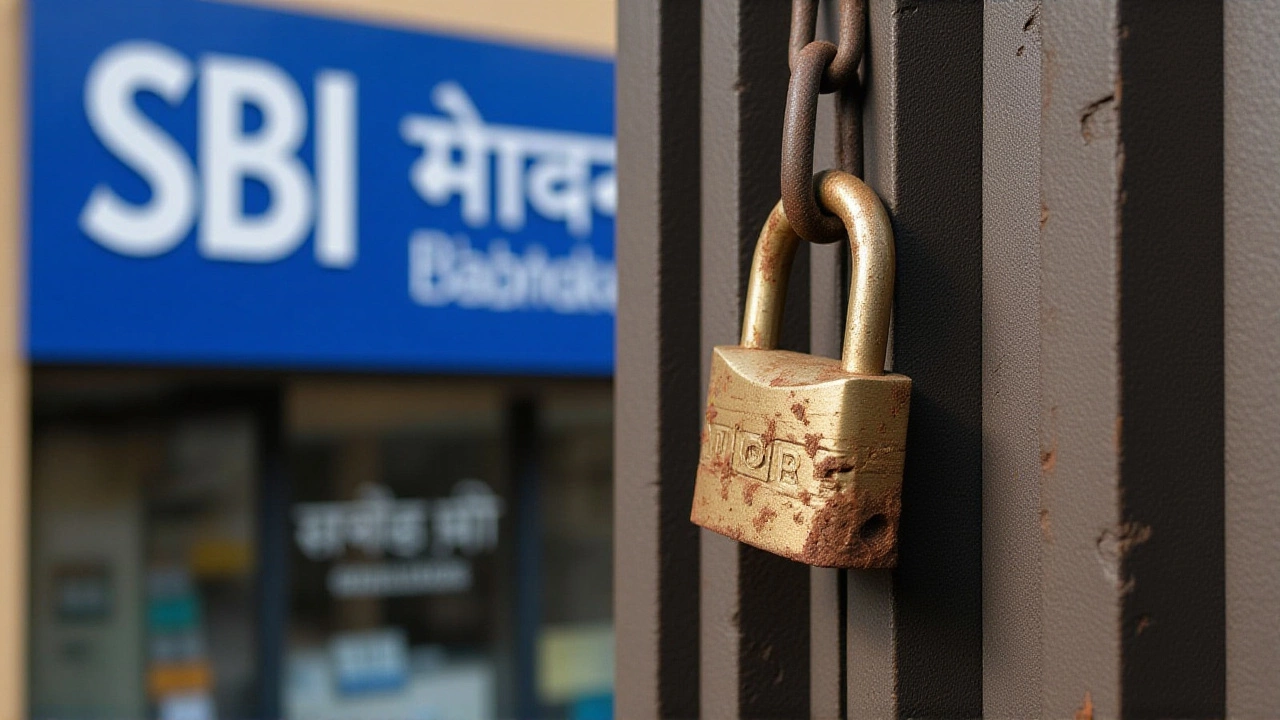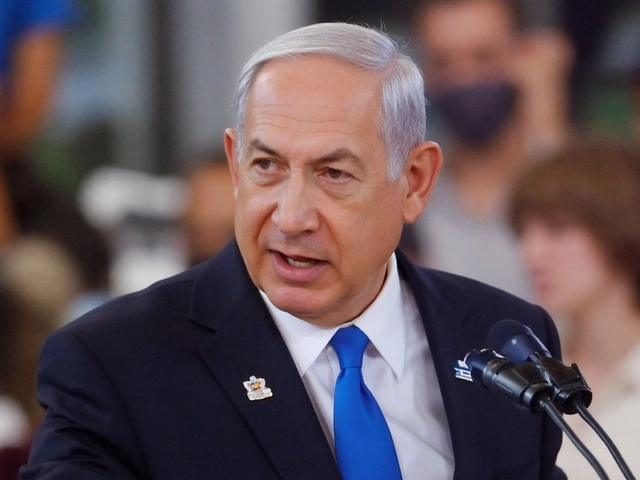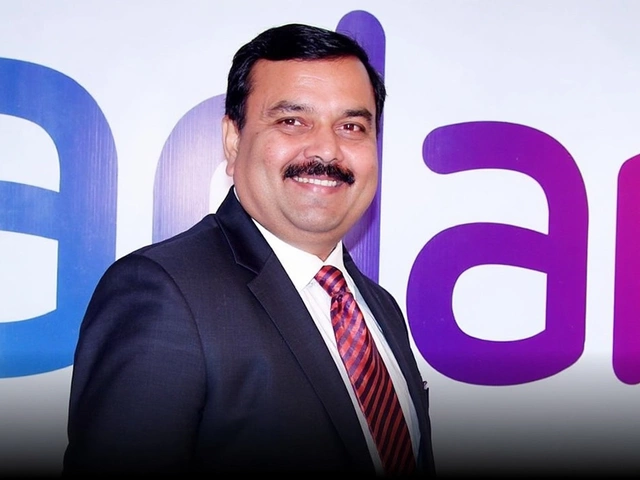When United Forum of Bank Unions (UFBU) announced a two‑day nationwide strike for March 24‑25, 2025, shoppers, businesses and policymakers braced for a rare paralysis of India’s banking system. The strike promise was rescinded just two days later, after a flurry of high‑level talks that left the banks open and customers breathing a sigh of relief.
Here’s the thing: the unions representing more than 800,000 bank workers – covering everything from tellers in tiny districts to senior officers in metro branches – had been threatening to shut down cash clearing, loan approvals and even ATM replenishment for four straight days. The timing was especially awkward because the weekend of March 22‑23 was already a statutory holiday, meaning a strike would have stretched the shutdown to a full four‑day stretch.
Background of the Dispute
Negotiations between the unions and the banking management body had been simmering since early February. The Indian Banks' Association (IBA), headquartered in Mumbai, had been wrestling with a list of demands that the unions called “existential”.
- Immediate withdrawal of the Department of Financial Services’ (DFS) latest performance‑linked incentives (PLI) directives.
- Implementation of a five‑day work week across all public‑sector banks.
- Accelerated recruitment to fill roughly 120,000 vacant positions.
- Stronger legal protection against attacks on bank staff.
- Regularisation of temporary employees and better work‑life balance.
President of the All India Bank Employees Association (AIBEA), C H Venkatachalam, summed it up in a brief statement on March 13: “Our members cannot accept a regime that threatens job security while demanding ever‑higher productivity.”
Demand List and Union Grievances
At the heart of the dispute was the DFS’s new performance review framework, rolled out in January 2025. Under the new rules, bonuses are directly tied to measurable targets such as loan disbursement volume and digitisation scores. While the banking industry argues the move drives efficiency, unions claim it creates a “two‑tier” workforce where permanent staff enjoy security and gig‑type employees bear the brunt of risk.
Oddly enough, the unions also pointed to a spike in reported assaults on bank staff – up 12 % year‑on‑year, according to a Ministry of Home Affairs bulletin released in February. The lack of a dedicated legal shield, they said, makes frontline workers vulnerable.
Negotiations and Strike Cancellation
On Saturday, March 22, 2025, the Chief Labour Commissioner convened a rapid‑response meeting at the Ministry of Labour and Employment. Representatives from UFBU, IBA and the Finance Ministry huddled for three hours.
The breakthrough came when IBA pledged to reopen talks on three core points: recruitment quotas, a review of the PLI model, and a concrete timetable for the five‑day work‑week rollout. In exchange, UFBU agreed to drop the strike notice.
"IBA has proposed further discussions on recruitment, PLI and other key issues. The Chief Labour Commissioner has assured direct monitoring of the five‑day banking implementation," Venkatachalam told reporters after the meeting.
All eyes were on the Reserve Bank of India (RBI) to see whether the central bank would adjust its holiday calendar. The RBI’s 2025 list confirmed no statutory holidays on March 24‑25, meaning the banking system would have operated normally had the strike gone ahead.
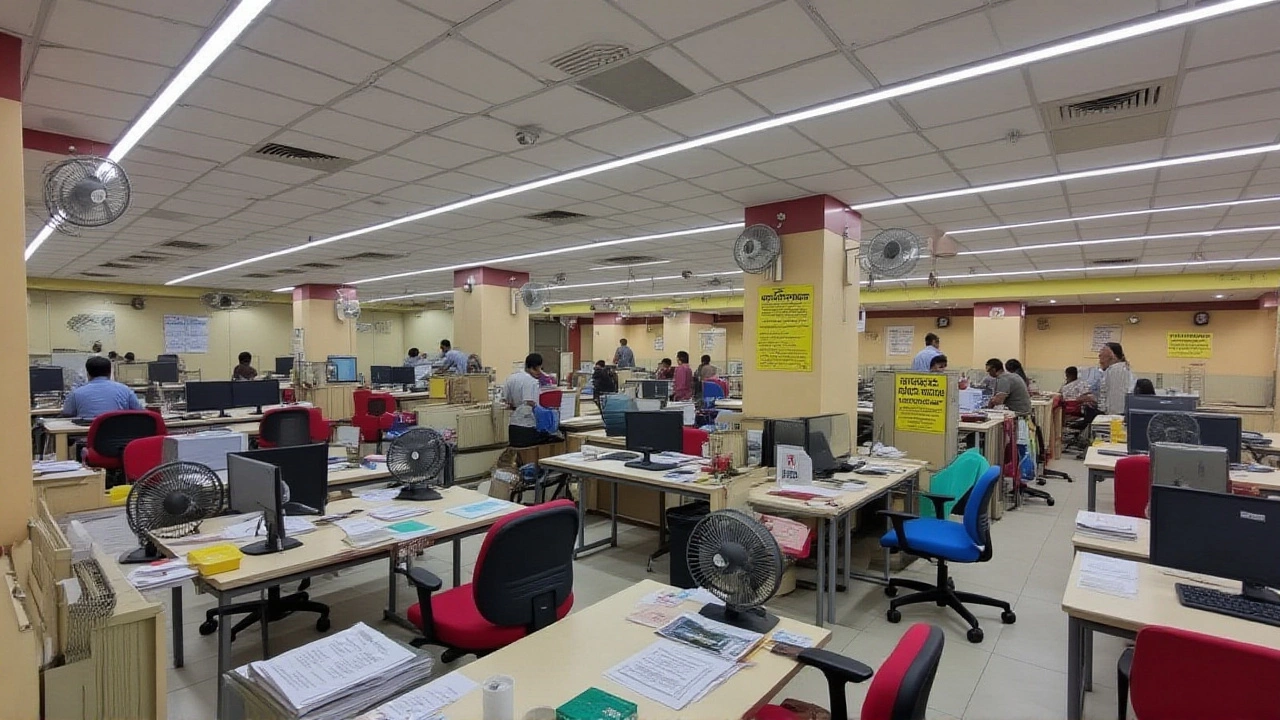
Potential Impact of a Bank Shutdown
Had the walkout materialised, the ripples would have been felt far beyond the teller windows. Clearing‑house settlements, which settle inter‑bank transactions overnight, would have stalled, potentially delaying high‑value corporate payments by up to 48 hours. Small‑business owners, who rely on same‑day loan approvals for inventory cash‑flow, could have faced a cash crunch during the crucial pre‑Lent season.
Moreover, a four‑day closure would have slammed the ATMs and digital platforms. While net‑banking, mobile apps and debit cards would remain functional, customers needing cash – especially in rural districts where digital penetration is still under 40 % – would have queued at the few operational branches.
What Happens Next?
The next hearing is set for Tuesday, April 22, 2025, when IBA must present a progress report on UFBU’s demands. Industry analysts predict that the recruitment drive will be the quickest win; the government has already earmarked ₹2.3 billion in the 2025‑26 budget for banking vacancies.
Still, the performance‑linked incentive model remains a sticking point. Economists warn that any abrupt rollback could destabilise the RBI’s inflation‑targeting framework, which leans on credit‑growth metrics. As a compromise, IBA is expected to pilot a hybrid incentive system in three major banks – State Bank of India, HDFC Bank and ICICI Bank – before a full rollout.
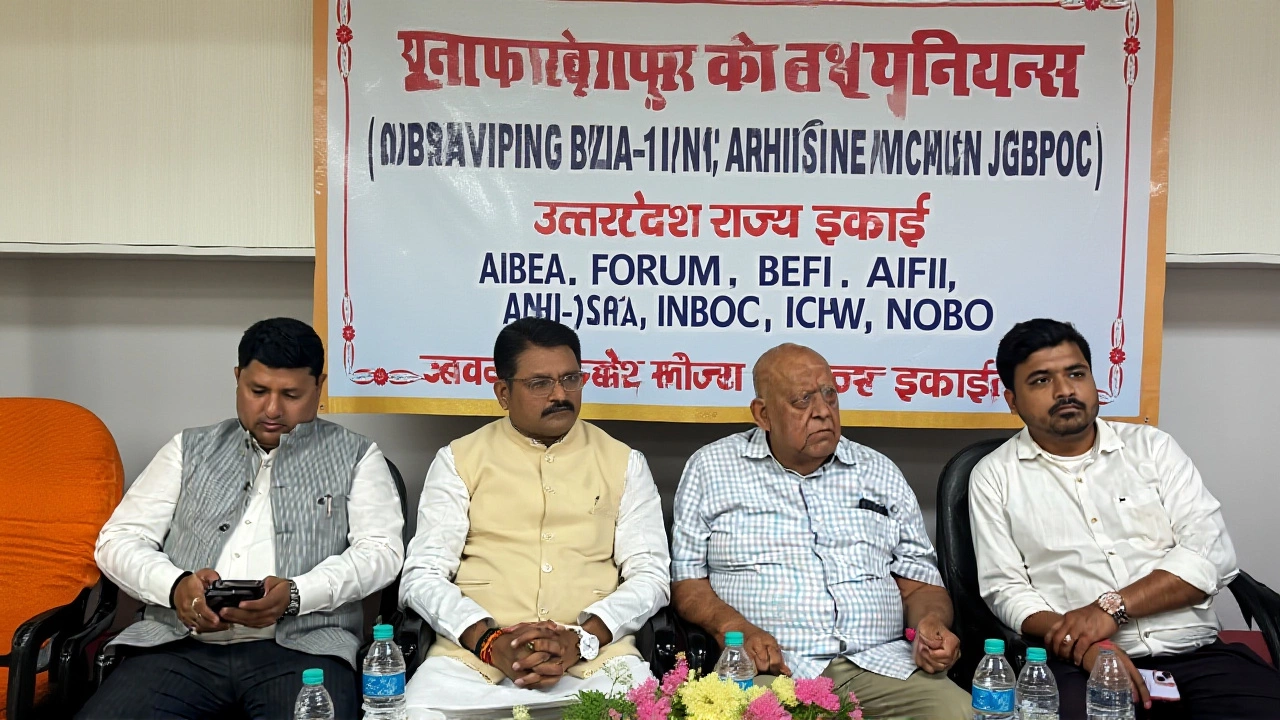
Historical Context of Bank Strikes in India
The 2025 episode is not the first time Indian bank staff have threatened mass action. In 2011, a coordinated strike by public‑sector banks forced the government to concede to a 15‑day recruitment drive. The 2018 “Bankers’ Protest” over the introduction of the “Unified Grievance Redressal Mechanism” lasted a single day but highlighted the sector’s vulnerability to coordinated labour action.
What sets the 2025 standoff apart is its timing. With the country’s digital payments volume projected to cross ₹200 trillion in FY 2025‑26, any disruption now carries far higher systemic risk than a decade ago.
- Strike originally announced: March 13, 2025.
- Number of unions involved: 9, representing >800,000 employees.
- Key demands: recruitment, five‑day week, PLI review, security.
- Cancellation date: March 22, 2025.
- Next official hearing: April 22, 2025.
Frequently Asked Questions
Why did the unions call off the strike at the last minute?
The unions withdrew the walkout after the Indian Banks' Association pledged to reopen talks on recruitment, the performance‑linked incentive model and the five‑day work‑week, coupled with assurances from the Chief Labour Commissioner that the government would monitor implementation closely.
What would have been the immediate effect on customers if the strike had proceeded?
Customers would have faced closed teller windows, delayed cash withdrawals, and postponed loan approvals. Digital channels would stay operational, but rural clients dependent on cash and in‑branch services would experience significant inconvenience.
How many bank employees are represented by UFBU?
UFBU aggregates nine major bank unions, together covering more than 800,000 employees across public and private sector banks in India.
When is the next formal hearing on the unions' demands?
The next scheduled hearing is on Tuesday, April 22, 2025, when the Indian Banks' Association must present a progress report on the issues raised by UFBO.
What are the long‑term implications if the recruitment demand isn’t met?
Failure to fill the estimated 120,000 vacant positions could exacerbate workload pressure, increase employee turnover, and heighten the risk of service disruptions during peak periods, undermining confidence in the banking sector’s stability.
